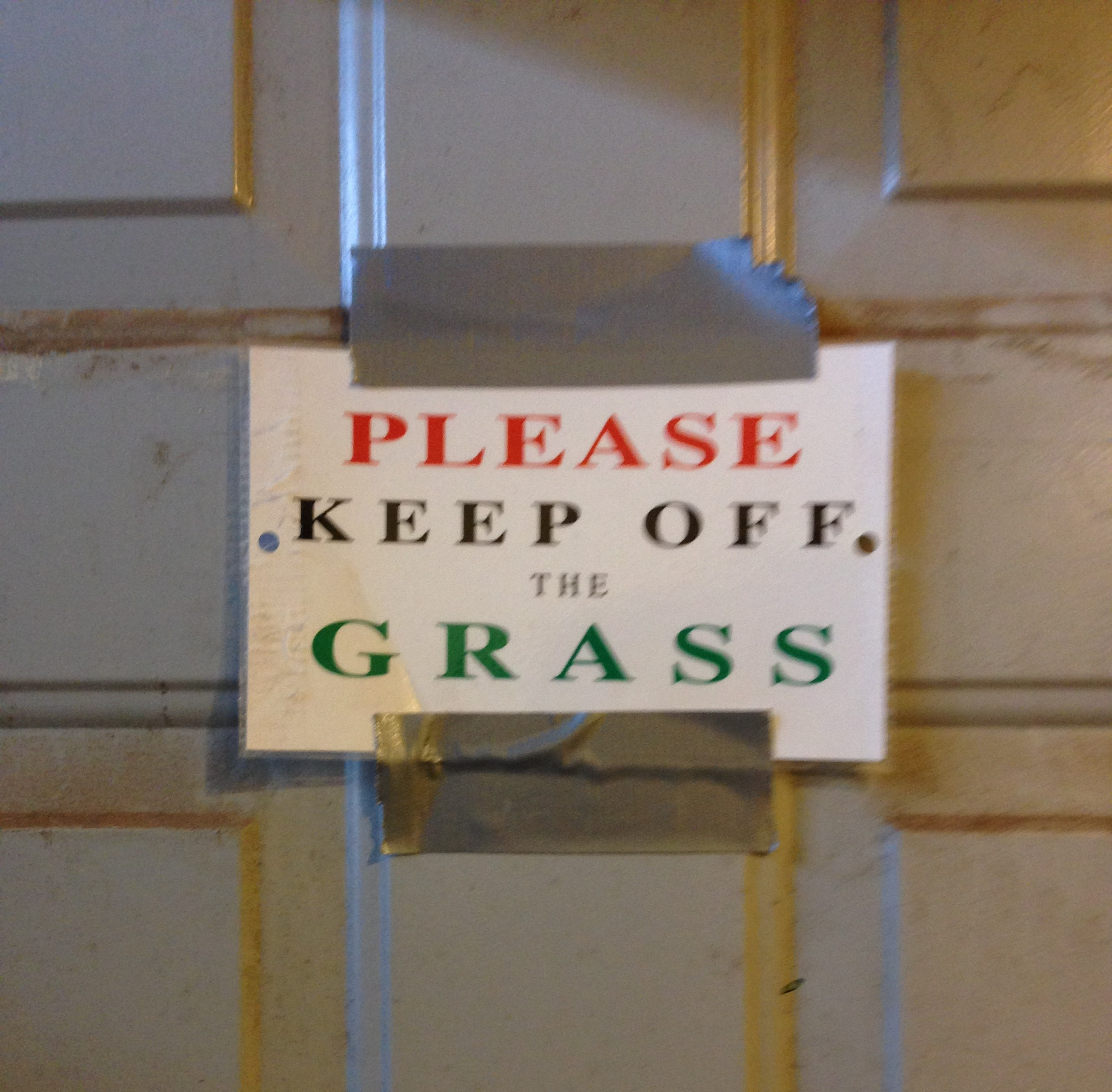Be the master of your sportsfields!
As the title may suggest, being the master of your sports fields can be a daunting task, particularly if they are constantly and heavily used. Couple that with a limited budget and it may seem impossible! Don’t panic. Whil
 e budget difficulties may seem endless, in the long run, they more than likely are not. Meanwhile, now is the time to prioritize your activities and plan your attack, not only for the short-term but well into the future. A good place to start is to prioritize fields into separate categories such as A, B & C based on the intensity of your management. Then, without putting all your eggs in one basket, manage your best field(s) at the highest level of your ability & resources (category A). This will demonstrate a number of outcomes...
e budget difficulties may seem endless, in the long run, they more than likely are not. Meanwhile, now is the time to prioritize your activities and plan your attack, not only for the short-term but well into the future. A good place to start is to prioritize fields into separate categories such as A, B & C based on the intensity of your management. Then, without putting all your eggs in one basket, manage your best field(s) at the highest level of your ability & resources (category A). This will demonstrate a number of outcomes...1. Your ability to provide a safe, high-quality sports field.
2. Demonstrate a source of pride for your department and community.
3. It will put credibility to the conversation/justification for your program.
4. It will showcase what could be done elsewhere when proper turf management practices and budgets are in place.
Your “A” field will be your premier field where the championship games are played. The one you want to showcase. This is the field you have a sound fertilization program, regular overseeding, aerate frequently and ensure your fields are irrigated properly if you have those resources. Finally working with your user groups and your field programmers to limit use if possible. If you can not limit use, possibly limit the field to games as opposed to practices as it has been well documented that practices typically are more damaging than games. On management levels B & C, you can reduce overall maintenance slightly in several ways. Overall fertilization can be reduced. If your goal is to provide 4lb of nitrogen per year, cut back to 3lb per year and used a slow release type to help evenly distribute the nutrients over the season. The same can be done with weed control. Rather than yearly applications, rotate those applications every other year. Another option may be to aerate only once a year. Re-working your maintenance program for the B & C level fields by managing them as a “field with-in-a-field” has become a popular way to re-allocate those resources. For example, on a football field, limit your practices to only the worst areas of the field such as between the hash marks. On a soccer field, limit resources to goal areas and center circle. Eliminate or reduce aeration, fertilization & weed control in common turf areas. Finally, use volunteer groups to help with field maintenance. This usually works best with baseball and softball programs but can work elsewhere. Volunteers or user groups traditionally take a lot of pride in field maintenance. It is amazing to see what can be accomplished on a baseball or softball field with 8 to 10 volunteers on a Saturday morning.
